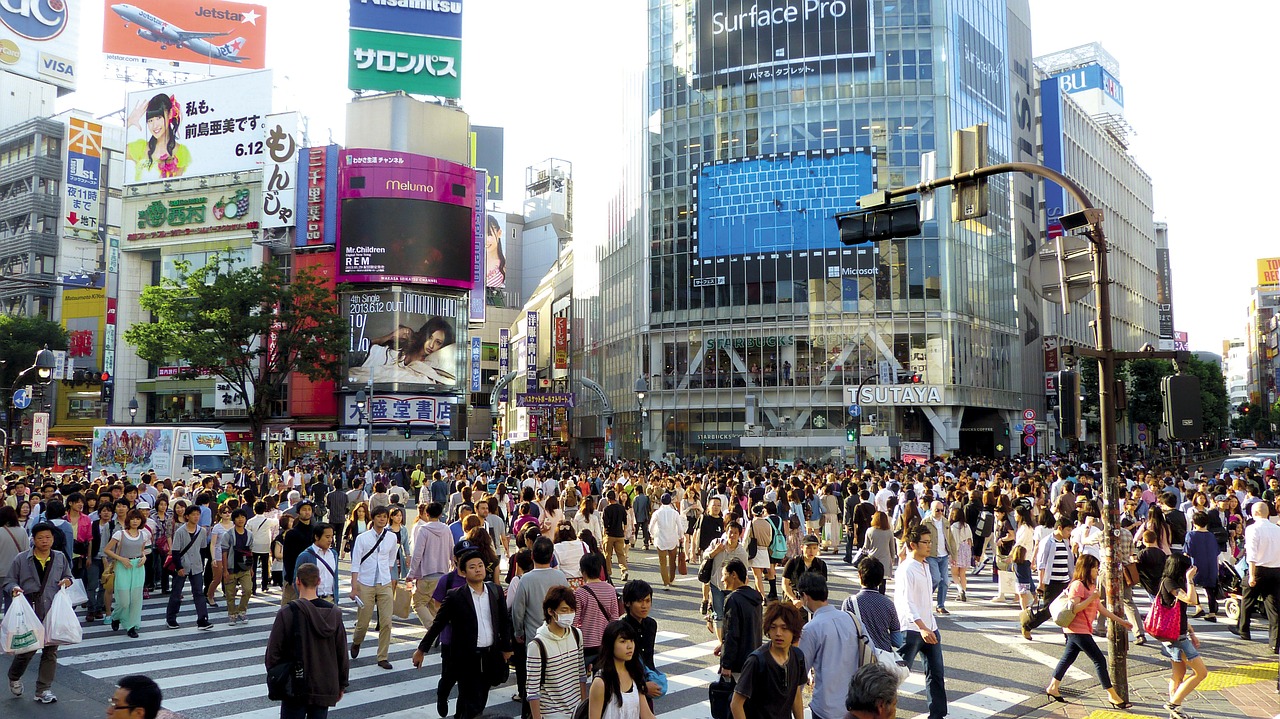Japan’s amended Immigration Control and Refugee Recognition Act, which allows foreigners who qualify for Specified Skills visas to work in Japan, went into effect on Monday.
Originally passed on December 8, the new legislation permits foreign workers to enter Japan to work in designated sectors, including construction, manufacturing, hospitality, aviation, nursing and agriculture, for a five-year period. This visa system will accommodate up to 345,000 workers along two visa tracks and will enable Japan to address a growing labor shortage.
Japan’s population has been in decline for more than a decade, and it is projected to continue to decline through 2049. Despite one of the world’s longest life expectancies, Japan has a lower than average birth rate. The result of this discrepancy is an aging workforce that is incapable of filling essential job roles. Foreign workers are an immediate and necessary addition to stabilize the population and economy.
The new visas have various restrictions, including a Japanese language requirement and technical exams. Additionally, workers on Specified Skills Category-1 visas are not permitted to bring their families with them during the five year residency. Workers on Category-2 visas, which require specialized skills, will be offered long-term stays.
To accommodate the shift in policy, Japan’s Immigration Bureau is set to be restructured as an Immigration and Residency Agency. Despite the new immigration policy, provisions are in place to allow Japan’s Cabinet to reduce immigrant intake if labor shortages are alleviated.


